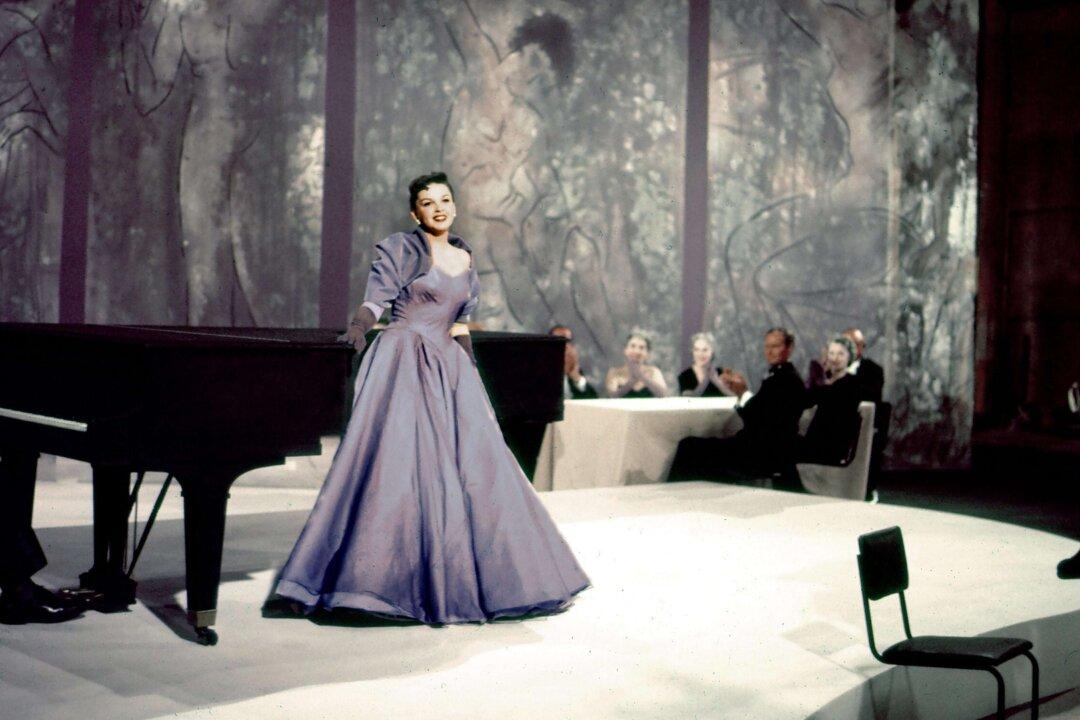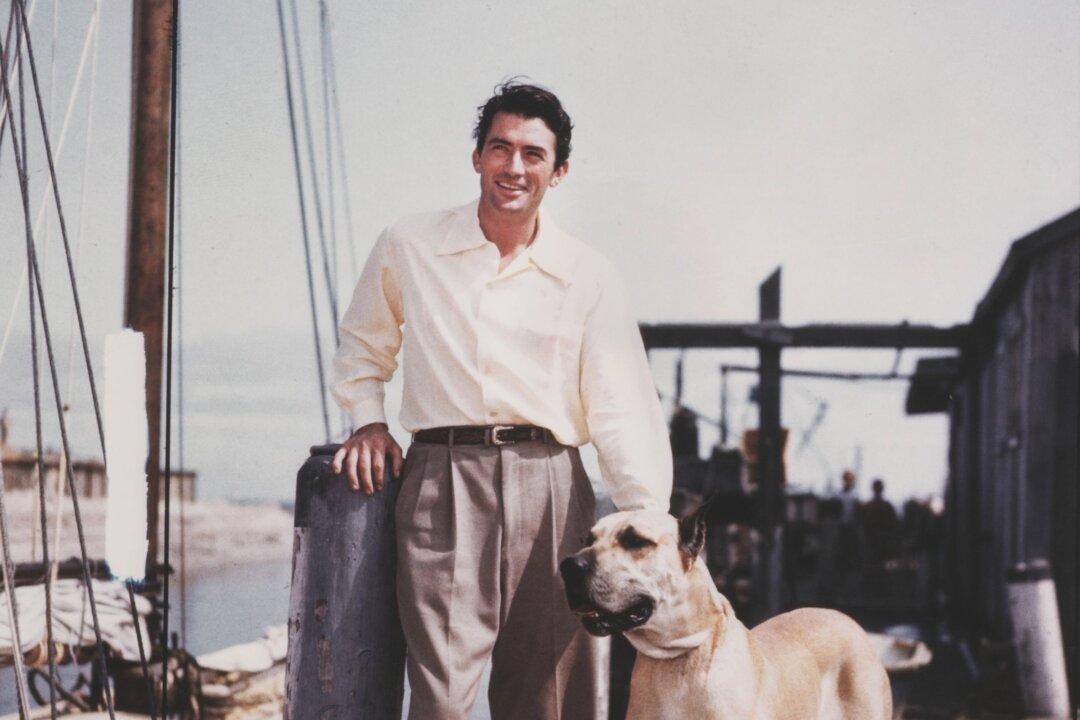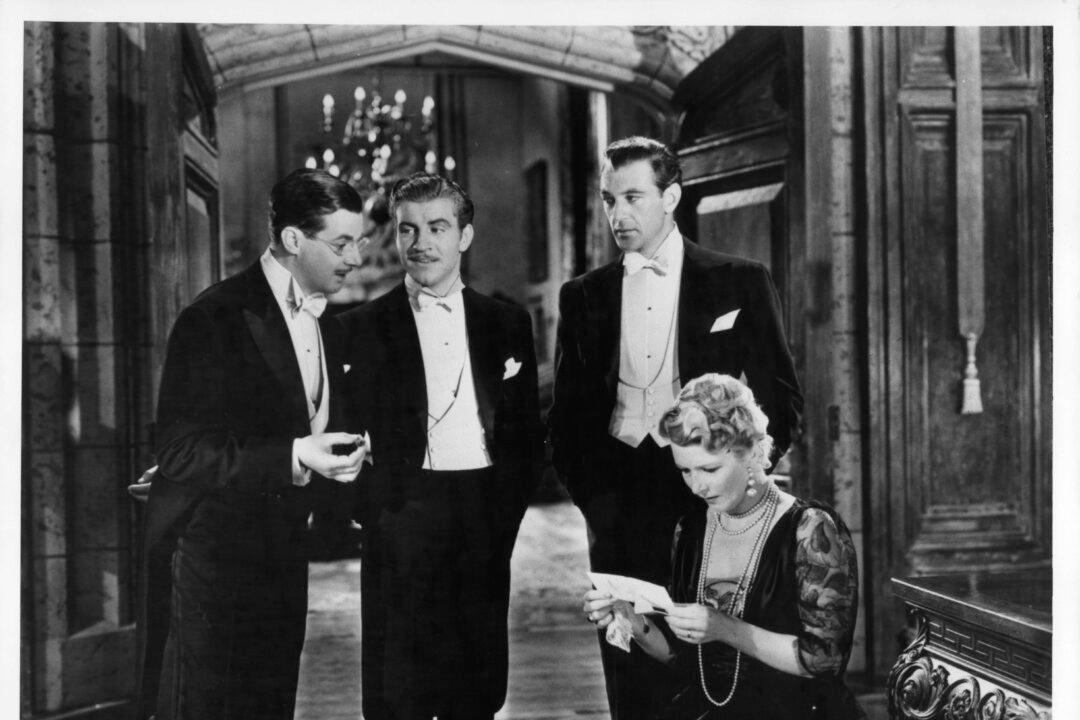PG | 2h 34min | Drama, Musical | 1954
Spoiled for great choices with several screen adaptations of “A Star is Born,” you’d usually need prompting to pick watching one over the others. If you’ve watched George Cukor’s 1954 adaptation, marking its 70th anniversary this year, you don’t need a reason for a rewatch. You’ll rewatch regardless. If you haven’t watched it, you’ll need only one reason, and it’ll do: Judy Garland.
In the movie, an emerging singing-dancing talent, Esther Blodgett (Judy Garland) saves a washed-out, drunken Hollywood leading man, Norman Maine (James Mason) from a PR disaster. When he charges to the stage during a benefit show, her presence of mind incorporates his idiocy into her act, and the audience is none the wiser. Norman returns the favor by recognizing her star quality, and helps propel her from the stage to the screen, wielding his clout with studio boss, Oliver Niles (Charles Bickford). Never mind PR executive Matt Libby’s (Jack Carson) cynicism about alcoholic Norman’s own future as leading man.

Pompous studios refashion the dour Esther into the poised Vicki Lester. She abandons her small-time band for the big league. Norman and Vicki marry, but Norman’s star falls as Vicki’s rises, securing her a Best Actress Oscar. His alienation as an actor marks their tumultuous marriage. His repeated refusal to accept help lands him in jail. Then, just as his tipsy downward spiral starts dragging her down with him, he musters enough courage to make one more grand gesture that he hopes will keep her shining, even if he fades.
Discussion around the many screen adaptations usually starts with William Wellman. But, it’s Cukor who started it all. Wellman directed the 1937 adaptation only after Cukor was asked to and passed. Besides, Cukor’s “What Price Hollywood?” (1932) featured a drunken director launching an actress into stardom. So, when Cukor got to retell that story 22 years later, he made it count.
This film features not one star voice but two. Yorkshire-born Mason’s silken speaking voice was so distinctive, it became a part of his screen persona the same way Garland’s singing voice did.

Bickford as the calm, genteel producer is the perfect foil to Garland’s bundle-of-nerves diva and Mason’s trainwreck of a matinee idol.
Highs and Lows of Stardom
Cukor packs his film with insight about the highs and lows of stardom, and sometimes his method is insight enough. In one scene, Esther is hiding from a Norman on the loose. She’s rehearsing at night at a dimly lit, smoke-filled diner on Sunset Boulevard. The guys playing the piano, trombone, trumpet, saxophone, drums, and bass are silhouetted around her; barely distinguishable from upturned chairs, stacked near empty tables. Light bathes her, her muted navy-blue dress, white collar, and white-rimmed sleeves. They’re all framed against a deserted bar counter, the only other bright spot.
The camera glances at Norman, silently slipping in, sitting down, unnoticed, in the shadows. Norman has found her. He’s come to watch, an audience of one. With that distraction, the camera turns, as if resolutely, to Esther and stays on her. In a single take, over a riveting four minutes, it captures her singing “The One That Got Away,” in one of Garland’s most magical moments on screen.
Cukor’s camera is so set on gazing at Garland that he uses a montage of nearly black-and-white still photographs to progress bits that don’t need entire scenes. Yet even those stills of a pensive Garland are pure magic. You suspect it’s her, not Esther, who gushes, “I somehow feel most alive when I’m singing.”
The opening shot, a mere four or five seconds, is an extra-long shot of Hollywood at night; like pearls, L.A.’s lights scatter across a dark sky. There’s a benefit show at the Shrine Auditorium, from where giant strobe lights stretch out into the night, like stars twinkling in the distance. Only, it’s hard to say whether that star is being born, is dying, or somehow, is being reborn.








